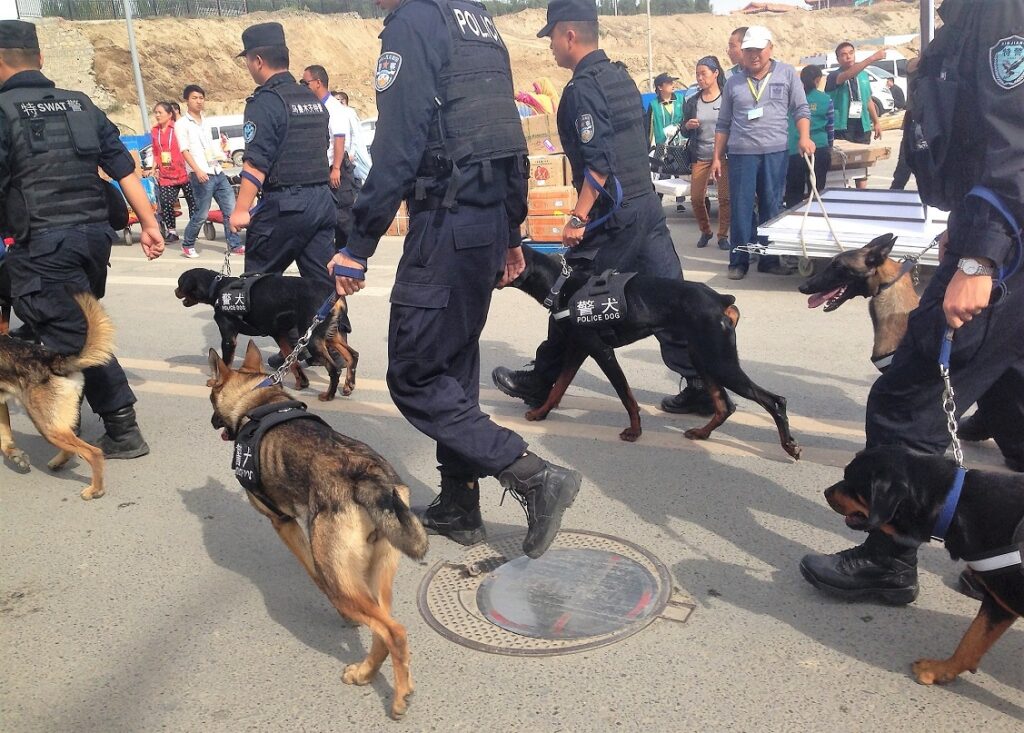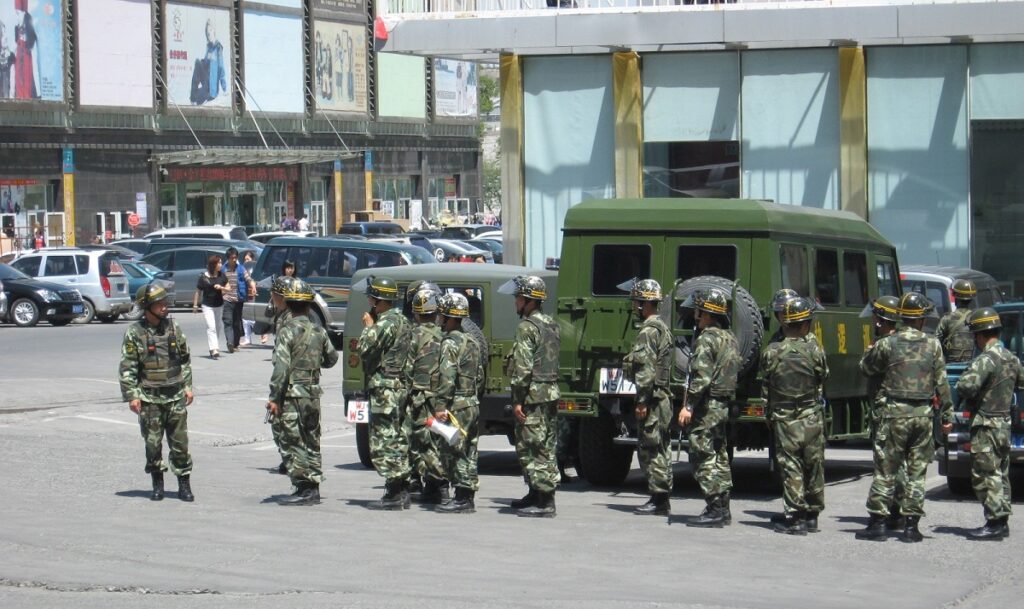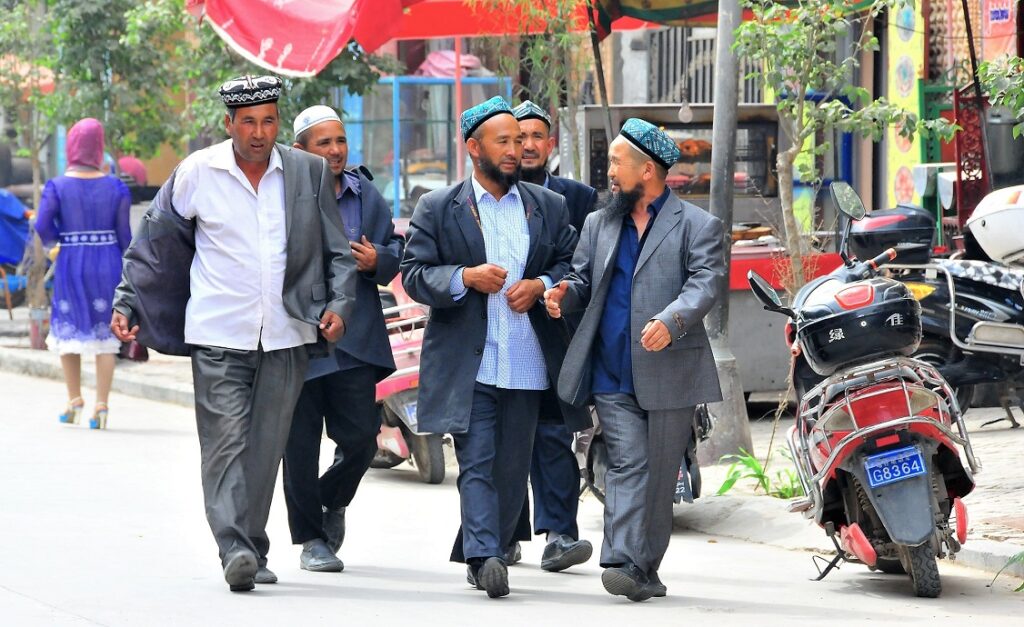The Politics of Naming Xinjiang Violence as Terrorism (II)

By Pablo A. Rodríguez-Merino | 28 May 2021
Read part one of the article here.
Following years of state-sanctioned repression and disciplining in the name of countering so-called terrorism, violence re-emerged in Xinjiang in the summer of 2008 with a vehicle-ramming attack in Kashgar against a police border patrol, which signalled a new wave of violent conflict. The dozens of violent incidents reported in the region and elsewhere in China between 2008 and 2017 could, at first glance, be read as a tactical rationale that supports China’s response to a terrorist threat posed by Uyghur militants connected to a larger, global jihadist movement. This, according to Chinese officials, was a national threat any state would have been forced to react to by deploying emergency policies such as preventive counter-terrorism. However, the interpretation of contemporary Uyghur-related violent unrest as ‘terrorism’ fails to provide an accurate account of historical events and leaves much to be desired in the pursuit of a critical, facts-based diagnosis.
First, most of the Uyghur-related violent incidents represented by the Chinese government as terrorism are not premeditated, political, or indiscriminate as dominant scholarly definitions of ‘terrorism’ would suggest. China uses the category of terrorism to describe incidents that range from spontaneous clashes erupting during the course of religious curbs to rioting episodes, such as the July 2009 riots in Ürümchi. However, upon closer inspection, these instances follow a broader pattern of ‘build-up, outbreak and escalation’ of public disorder characteristic of ethnic riots. Chinese officials also frame those involved—whether it be protesters, rioters, or attackers—as ‘terrorists’ even if they are not part of a social movement with an articulated political agenda aimed at changing the functional principles of the system. Instead, these people labelled “terrorists” are often disgruntled individuals voicing their religious, cultural, linguistic, and socio-economic grievances. Their goal is not to launch a rebel uprising in order to trample China’s ‘legal order’, as the government claimed after the Ürümchi riots, but to voice long-standing grievances related to ethnic discrimination, forced Uyghur labor and migration, inter-ethnic mistrust, and government denial. All of these were present in the Shaoguan incident that triggered the Ürümchi protests, which China blamed on terrorism. Meanwhile, other episodes construed as terrorism by the Chinese authorities failed to target civilians or apply violence indiscriminately, both definitional markers commonly attributed to terrorism. The lack of markers that would categorize these incidents as terrorism does not excuse the use of violence, or make it more (or less) legitimate. However, it does place these incidents into a different analytical category from planned, indiscriminate acts of violence used to terrorize a population in pursuit of a political agenda, or, put simply, terrorism. In this context, naming violence in Xinjiang as terrorism obscures rather than clarifies the root causes and dynamics of violent tension between the Chinese state and the Turkic Muslim ethnic minorities of the region.

Beyond branding all Uyghur violence as terrorism, Chinese narratives surrounding these ‘terrorist attacks’ are riddled with imprecisions and counterintuitive arguments. It is common to find references to marauding groups of ‘hundreds of terrorists’ in government accounts of alleged acts of terrorism, or inflated claims that ‘thousands of terrorists’ have been arrested in Xinjiang. Insurgents who do use terrorism, from organized hierarchical groups to loose militant networks and so-called ‘lone wolves’, do not attack by the hundreds. This would run against operational imperatives such as the clandestine nature of militant cells or planned surprise attacks characteristic of terrorism. At the same time, no evidence exists of an insurgent movement with battalion-sized operatives running in Xinjiang that would sustain the ‘thousands of terrorists’ narrative a la Daesh. Without any real evidence to suggest a cohesive insurgent operation, mentions of ‘East Turkestan terrorist forces’ are instead rhetorically employed in order to support crack downs on the Uyghur population, a group the state perceives to be politically dissident. To this effect, Chinese officials have categorized entire families, including children and elders, as ‘violent terrorist’ groups and have represented violent clashes in response to the enforcement of religious restrictions as ‘terrorism’. These and many other instances of what China calls ‘terrorist attacks’ run contrary to core aspects used to define terrorism and signal a clear political intention on the part of the Chinese state to disguise all violent unrest as terrorism.
Finally, the Chinese government’s labelling benchmark for terrorism is contingent on the ethnic background of the insurgents. When a violent event takes place in Xinjiang and involves Uyghurs, it is systematically classified and dealt with as a terrorist attack linked to external organizations. In contrast, Chinese officials and state media tend to represent violent attacks, bombings, or riots by aggrieved non-Uyghur Chinese citizens as apolitical criminal acts rooted in ‘revenge’ or ‘protest’, ‘acts of sabotage’, or simply categorized as ‘atrocious’ incidents—sparing the label ‘terrorist’ from their coverage.

The wave of violent unrest that rocked Xinjiang and other parts of China between 2008 and 2016 also included incidents that display well-known features of terrorism. Attackers in Kunming, Ürümchi, and Beijing, amongst other cases, used indiscriminate violence against civilians as part of premeditated plots. Their deeds and the location of the attacks also suggest a desire to reach an audience beyond the immediate victims, another benchmark of terroristic violence. In these cases, the logic and motivation of the attackers can be linked to a rebel insurgent agency, but also to direct personal grievances. In the broader context of Uyghur-related unrest, these incidents are an exception, not the norm, which makes categorizing the Xinjiang conflict a case of ‘Uyghur terrorism’ a biased, deceptive, and harmful diagnosis of China’s history of conflict with the Turkic Muslim ethnic minorities in the region.
Bhatia argues that when violent unrest is labelled as ‘terrorism’ the actions of a few are used to characterize the experience, beliefs, and intentions of the many. In Xinjiang, China has used the threat of terrorism to re-write the narrative of its historical frictions with the Turkic Muslim ethnic minorities and describe all violent unrest as terrorism in order to justify the ‘de-extremification’ of the many. Throughout this process, China’s terrorism discourse and the emergency measures it has enabled as a result have not been about reacting to tactical or operational threats posed by Uyghur militants, but more about the CCP’s political agenda in Xinjiang. In fact, vehicle-ramming or knife-wielding instances of violence have taken place in the region years before the Tiananmen or Kunming attacks without prompting the recent draconian measures. A more plausible explanation for the latest intensification of China’s repression in the region, then, is that it is not a strategic counter-terrorism response to any real threat of terroristic violence but rather an exercise of Xi Jinping’s broader geopolitical, ideological, and assimilationist plans for Xinjiang and the Turkic Muslim ethnic minorities.

Dr Pablo A. Rodríguez-Merino is senior lecturer in the Defence and International Affairs Department, Faculty for the Study of Leadership, Security and Warfare at the Royal Military Academy Sandhurst (RMAS). His research explores political violence and security narratives in China, with particular attention to the Chinese state social construction of conflict in Xinjiang as terrorism. Some of the ideas presented in this piece are examined in depth in his recent publication ‘The Not-So-Terrorist Conflict: Analytical Deception and Political Delusion in China’s Framing of Uyghur-related Violent Events’.
The views expressed on this blog are those of the author(s) and are not necessarily those of the SOAS China Institute; and they do not purport to reflect the opinions or views of the UK government or the author’s employer.
SHARE THIS POST
